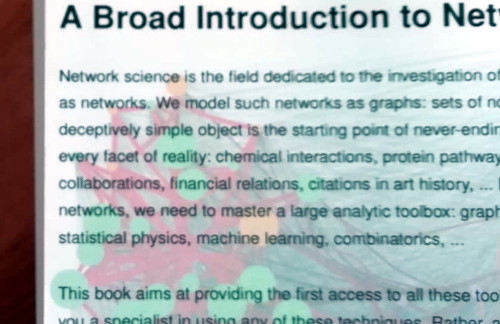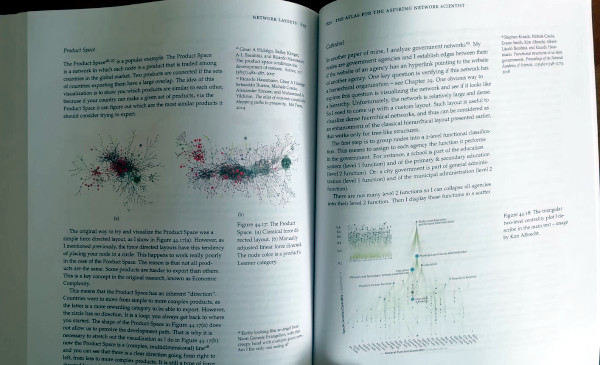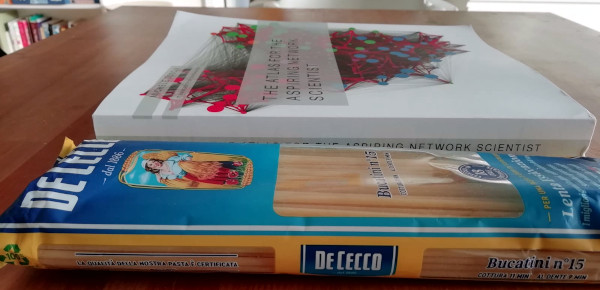The Atlas for the Aspiring Network Scientist v1.1
Last month I put out in public my Atlas for the Aspiring Network Scientist. The reaction to it was very pleasant and people contacted me with a number of corrections, opinions, and comments. I just uploaded to arXiV a version 1.1 of it, doing my best to address whatever could be addressed quickly. The PDF on the official website is also updated and, in fact, that link will always direct you to the most up-to-date version.
Corrections involve mostly some notation, a few references, and the like. One important thing I want to point out is my rephrasing/retraction of some humorous parts. I still stand by my decision of using humor, but not when it comes at the expense of the feeling of inclusiveness in the community. Science is a social process and everyone should feel welcome to it. Using language that opposes that aim is a net loss for society. One example is in the chapter about tools, where some ruvid humor didn’t paint the correct picture: these open source tools are fantastic gifts to the community and should be unequivocally celebrated. All remaining jokes are about the self-deprecation I feel every day from my inability to measure up to the awesome fellows behind these libraries/software.
One thing that was flagged to me but I couldn’t touch was references. There are just too many for me to check them all. I’m asking your help: if you find some issue with references (missing information, or things like editors as authors, etc), please write me flagging the specific reference with the issue: mcos@itu.dk.
I’m also glad to announce that you can buy a physical copy of the book, in case you need it handy for whatever reason. This is only v1, though, so all corrections mentioned above are not included. When v2 will come out, I’ll also make that available for physical purchase. The book was printed via IngramSpark, thus there’s a good chance you can find it for sale & shipping almost everywhere. For instance, it is available on Amazon or, if you’re in Denmark (where I live), on Saxo. You could even buy it on friggin’ Walmart.
The final object’s quality is… eh. Some of it is by design: I wanted this to be as accessible as possible. You’ll hardly find another 650+ color pages book in US Letter format for less than $40. Compromises needed to be made. However, most of the things making it a clearly amateurish product are my fault. Take a look at the left margin in the back cover:
Eww… Also, since I had to upload the cover separately, I didn’t remember to include a blank page. So the left pages are on the right and vice versa. Which makes page numbers practically invisible in the middle:
That said, if you ignore everything that makes this book ugly, it’s actually pretty nice:
Also, apologies to your backs, but this thing is hyuuuge. It’s as tall as a half-kilo pack of bucatini and twice as thick (packs of bucatini are a standard unit of measure in Italy):
Finally, I would love to give a shout out to everyone I interacted with after the book came out. Everyone was super nice and/or super helpful, most were both. I discovered many things I wasn’t aware of. One of them is NETfrix, a network science podcast by super cool fellow Asaf Shapira. The podcast has transcripts in English available here.
That’s it for now! Hopefully new research posts will follow soon.





